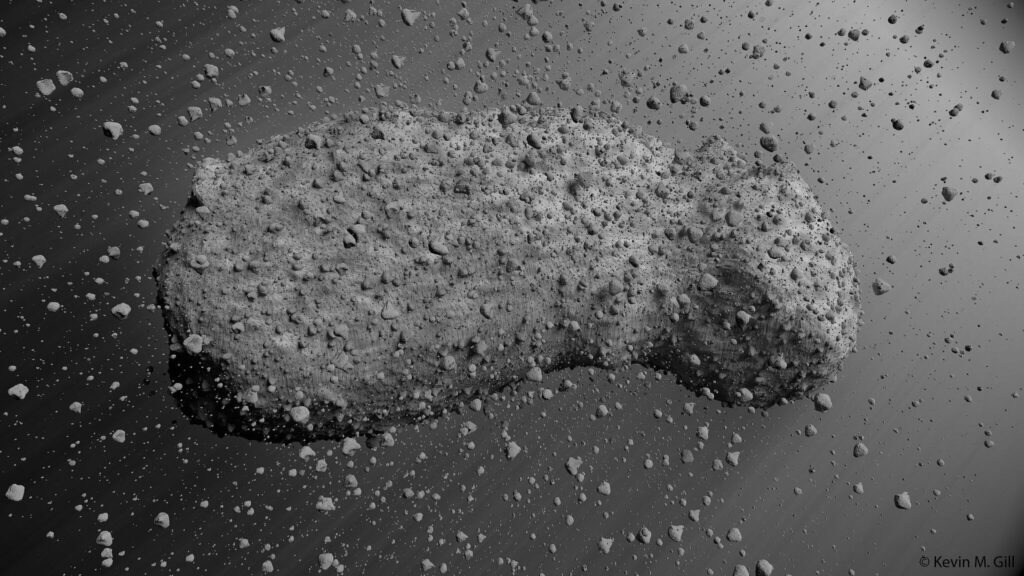Researchers found salt crystals in samples collected by the Hayabusa space mission from the asteroid Itokawa in 2010. This asteroid belongs to the S-type, which was previously considered dry enough with a minimum amount of water. However, the discovery of salt indicates that Itokawa is not as dry as previously thought.

Analysis of the samples showed that crystals of sodium chloride, which was the main component of table salt, could have formed due to the presence of water inside the mother asteroid, from which Itokawa originated. This asteroid contained significant amounts of water, hydrogen chloride, and sodium-rich minerals such as plagioclase. In addition, it could even generate internal heat from radioactive decay and meteorite impacts, which ensured the retention of water in a liquid state.
“Once these ingredients come together to form asteroids, there is a potential for liquid water to form. And once you have liquids form, you can think of them as occupying cavities in the asteroid,” said Tom Zega, senior author of the study and professor of planetary sciences at the University of Arizona Planetary Laboratory.
The plagioclase found in the sample was permeated with salt crystals, which indicated how this process changed the minerals that made up the asteroid.
“When we see such alteration veins in terrestrial samples, we know they formed by aqueous alteration, which means it must involve water. The fact that we see that texture associated with sodium and chlorine is another strong piece of evidence that this happened on the asteroid as water was coursing through this sodium-bearing silicate,” added lead author of the study Shaofan Che.
Approximately 87% of all meteorites collected on Earth originate from S-type asteroids. However, very few of them detect the presence of water-containing minerals. The researchers were concerned that this could be the result of contamination, but they were able to rule out this possibility. These salt crystals are indeed extraterrestrial.
This discovery will help scientists understand the appearance of water on Earth. Cometary and carbonaceous chondrite rocks are known for their water content, however, they tend to form and are located far from the Solar System. Ordinary S-type chondrites are more common in the inner Solar System, so it is easier for them to get to Earth. If these S-types of asteroids were more saturated with moisture, they could play an important role in the supply of water to our planet.
Earlier we reported on how the samples of the Ryugu asteroid turned out to be the purest in the Solar System.
According to Iflscience
Follow us on Twitter to get the most interesting space news in time
https://twitter.com/ust_magazine
